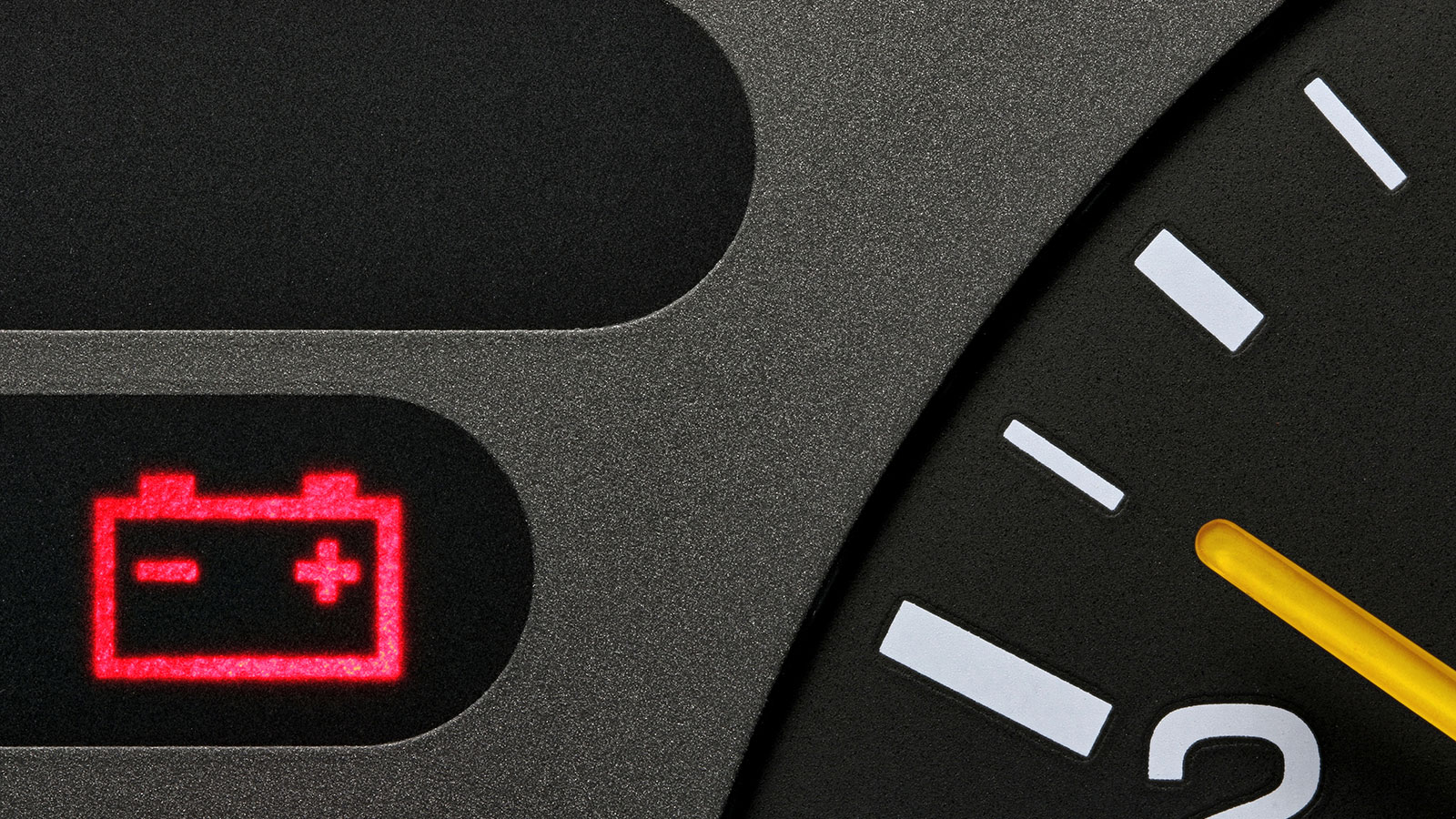When you get behind the wheel of your car, the instrument cluster shows you an array of symbols and warning lights. These are essential communication tools, providing crucial information about your car’s health and roadworthiness.
Understanding these symbols can help you identify problems promptly and take appropriate action. In this article, we will decode the most common symbols and warning lights found on a car’s instrument cluster, ensuring you can navigate roads with confidence.
Check Engine Light
The dreaded check engine light is one of the most critical warning lights on a car’s instrument cluster. It typically appears as an engine-shaped symbol or a variation of it.
When this light illuminates, it shows a potential issue with your car’s engine or emissions system. It’s crucial to have your car diagnosed by a professional to determine the specific problem and address it.
Battery Warning Light
The battery warning light, often resembling a battery-shaped icon, alerts you to a problem with your car’s charging system. If this light stays on or flashes, it signifies a potential issue with the battery, alternator, or electrical system.
A faulty charging system can lead to a drained battery and eventually cause your car to stall. Seek professional assistance to diagnose and resolve the problem if you see this symbol on your car’s instrument panel.
Oil Pressure Warning Light
Represented by an oil can or an oil droplet symbol, it indicates low oil pressure or insufficient oil levels in the engine.
When this light comes on, it’s essential to check your oil level immediately. Operating the engine with low oil pressure or level can lead to severe damage to the engine’s internals. If the oil level is adequate, consult a mechanic to diagnose any potential oil pressure issues.
Temperature Warning Light
Often represented by a thermometer symbol, it indicates the engine’s temperature. If this symbol lights up or moves into the red zone, it signals an overheating engine.
In this case, you must pull over to a safe location, turn off the engine, and allow it to cool down. Check the coolant level and have the cooling system inspected to identify and resolve any cooling system issues.
Braking System Warning Light
The brake system warning light, usually depicted as an exclamation mark within a circle, alerts you to potential issues with your car’s braking system.
If this light remains on or flashes, it suggests a problem with the brakes, such as low brake fluid or a malfunctioning component. Have your brakes inspected immediately to ensure safe braking performance.
ABS Warning Light
The Anti-lock Braking System (ABS) warning light shows up as the letters “ABS” within a circle, indicating a fault in the ABS system.
If this light remains illuminated, it suggests a problem with the system’s sensors, hydraulic unit, or other components.
While the standard braking system should still function, it’s crucial to have the ABS system inspected and repaired to ensure optimal safety.
Tire Pressure Warning Light
The Tire Pressure Monitoring System (TPMS) warning light, typically resembling an exclamation mark inside a U-shaped tire, alerts you of low tire pressure in one or more of your tires.
Driving with underinflated tires can affect handling, fuel efficiency, and tire longevity. When this light comes on, check your car’s tire pressure and inflate them to the recommended levels to ensure optimal performance and safety.
Airbag Warning Light
The airbag warning light, often showing a person with an inflated airbag in front of them, indicates a potential issue with the airbag system.
If this light remains on, it suggests that the airbags may not deploy correctly in an accident due to a possible malfunction. Have the airbag system inspected and repaired promptly to ensure proper functionality.
Seat Belt Reminder
The seat belt reminder light, usually represented by an icon of a person wearing a seat belt, reminds you to buckle up. It serves as a safety reminder to ensure you and your passengers are properly restrained while driving.
People in Pakistan tend to not pay attention to the light or the beeping sound that the seatbelt sensor makes, which is a mistake.
Fuel Level Warning Light
Ah, yes! The warning light that we are all too familiar with. The fuel level indicator, often depicted by a fuel pump symbol beneath the fuel gauge, displays the amount of fuel in your vehicle’s tank.
Keep an eye on this indicator to avoid running out of fuel unexpectedly and plan your refueling accordingly.
Conclusion
Understanding the symbols and warning lights on your car’s instrument cluster is essential for maintaining your vehicle’s health and ensuring your safety on the road.
While this article covered the most common indicators, it’s crucial to consult your vehicle’s owner’s manual for specific information related to your car’s make and model.
Regularly monitoring your instrument cluster, promptly addressing warning lights, and seeking professional assistance when needed will help keep your vehicle in optimal condition and provide you with a smooth and safe driving experience.
Note that at times your car’s sensors can also malfunction, leading to these warning lights coming on. In that case, simply getting the errant sensor checked will fix the issue.

































